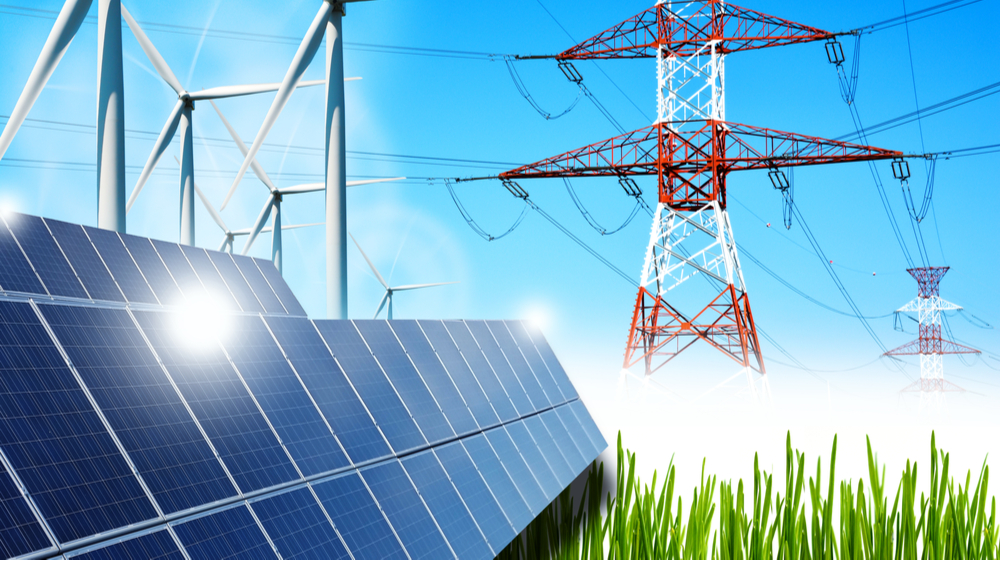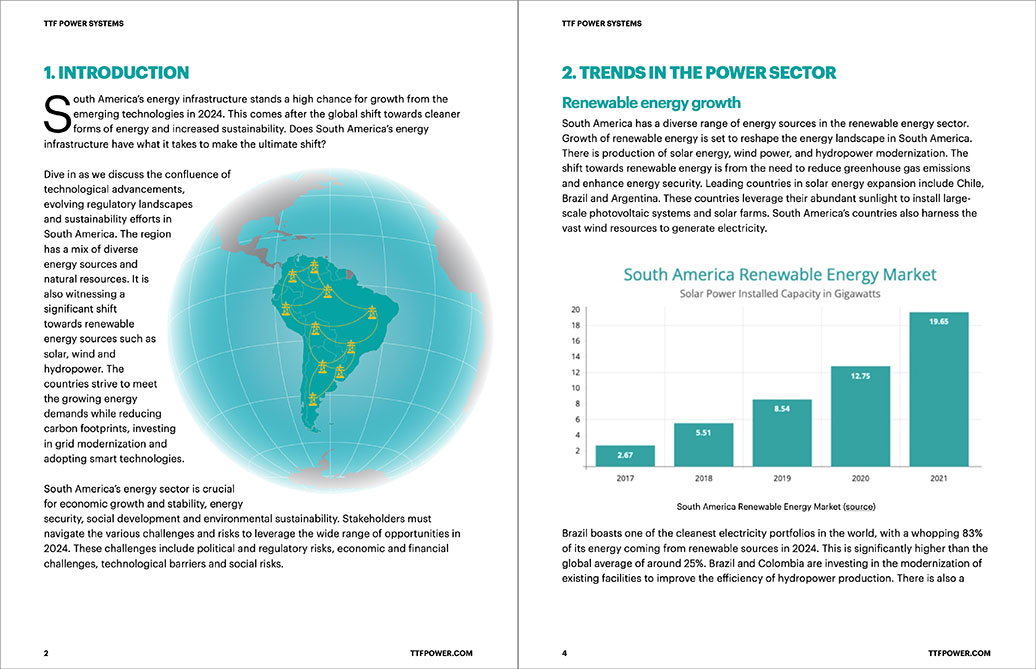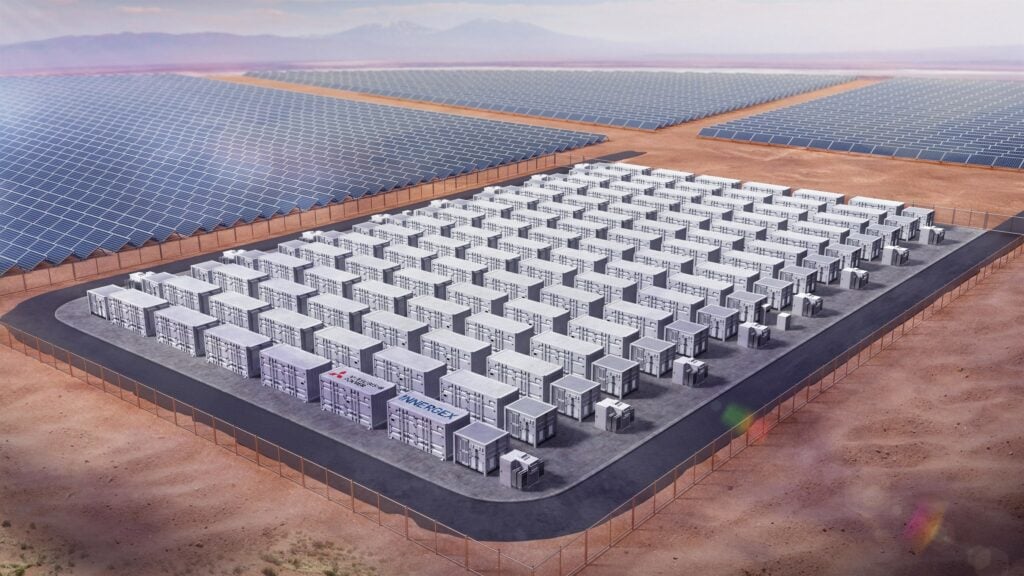
There is continuous development of hybrid wind projects in South America driven by the vast renewable energy potential. Hybrid wind projects can combine wind energy with other renewable energy solutions. This may include combining with solar farms, hydropower or energy storage solutions. The development could lead to increased investments, technology innovation and knowledge sharing. They improve energy security, reduce carbon emissions and economic development. For instance, there are several hybrid wind energy projects in Brazil, Chile and Argentina. Such projects include Guajira project, Casa dos Ventos and Cerro Dominador projects. These projects aim to provide consistent energy to the grid and support the growing renewable energy sector.
Battery storage technology in hybrid wind energy projects
Battery storage plays a crucial role in the success of hybrid wind energy projects in South America. They store excess energy produced during periods of high wind generation and release it during low production periods. Battery storage helps stabilize the grid, enhance energy reliability and optimize the performance of the hybrid projects. Brazil is in the lead in adopting battery storage for hybrid projects to manage the variability of renewable energy. This is in Brazil’s solar-wind-battery-projects. Chile and Argentina are also in the front in deploying battery storage systems in their hybrid projects. Battery storage solutions face challenges such as high costs, technological limitations, grid integration and regulatory barriers. In the future, battery storage could continue in deployment with the help of supportive policies and incentives.
Benefits of hybrid wind projects in South America
Hybrid wind projects in South America provide several benefits in enhancing the region’s landscape. These benefits arise from the integration of wind energy with other renewable sources. This is including solar, wind and hydropower. They could also use energy storage solutions to balance energy production and supply. The continued development of hybrid wind projects could establish south America as a cornerstone of the region’s sustainable energy future. The following are the benefits of using hybrid wind projects in South America.

- Increased energy reliability and grid stability – hybrid wind projects have the ability to balance the intermittency of wind energy. This is by combining wind with solar power or hydropower and incorporating energy storage systems. The projects also smooth out the variability of renewable energy generation to stabilize the grid.
- Optimized use of renewable resources – the projects can optimize the use of renewable sources. This leads to higher energy output. Integration of these resources on the same site can help save on land use leading to land use efficiency.
- Cost efficiency and economic viability – hybrid projects can reduce the levelized cost of energy by sharing infrastructure. This can make renewable energy more competitive with traditional fossil fuels. The energy sources diversification can reduce investment risks by ensuring more consistent energy production.
- Contribution to energy security – the projects can reduce South America’s dependence on imported fossil fuels to enhance energy security. They also provide reliable and sustainable energy by reducing dependence on diesel generators.
- Technological innovation and leadership – the development of hybrid projects fosters technological innovation. This is especially in energy storage, smart grid management and renewable energy integration.
Storage technologies for wind energy project
The integration of storage technologies with hybrid wind projects helps optimize energy production and distribution. There are several storage technologies underway to complement wind energy. The following are the key storage technologies for hybrid wind projects.

- Thermal energy storage – this may include molten salt storage and phase change materials. Molten salt storage can help to generate electricity during low generation periods.
- Compressed air energy storage (CAES) – these systems store energy by compressing air and storing it in underground containers.
- Hydrogen storage – excess wind energy can serve to produce green hydrogen through electrolysis. The hydrogen can be then stored and later converted back to electricity through fuel cells. This provides a flexible and scalable energy storage solution.
- Flywheel energy storage – these systems store energy in the form of rotational kinetic energy. The excess energy helps to speed up a rotor to a very high speed. The energy is then stored as kinetic energy and released by decelerating the flywheel.
- Pumped hydro storage – during periods of excess wind energy production, water is pumped from a lower reservoir to a higher one. Water is then released to flow back down through turbines when energy demand is high. Brazil invested in hybrid energy project can combine wind, solar and pumped hydro storage.